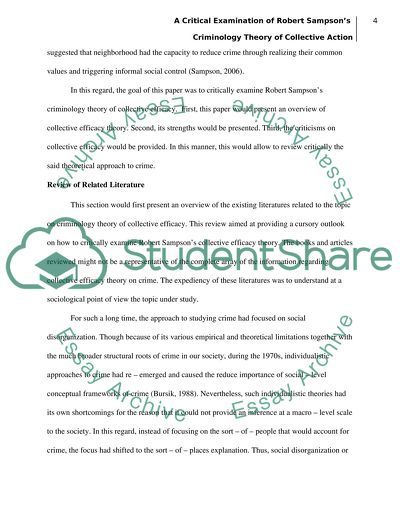Cite this document
(“A critical examination of Robert Sampson's criminology theory of Term Paper”, n.d.)
A critical examination of Robert Sampson's criminology theory of Term Paper. Retrieved from https://studentshare.org/sociology/1442411-a-critical-examination-of-robert-sampson-s
A critical examination of Robert Sampson's criminology theory of Term Paper. Retrieved from https://studentshare.org/sociology/1442411-a-critical-examination-of-robert-sampson-s
(A Critical Examination of Robert Sampson'S Criminology Theory of Term Paper)
A Critical Examination of Robert Sampson'S Criminology Theory of Term Paper. https://studentshare.org/sociology/1442411-a-critical-examination-of-robert-sampson-s.
A Critical Examination of Robert Sampson'S Criminology Theory of Term Paper. https://studentshare.org/sociology/1442411-a-critical-examination-of-robert-sampson-s.
“A Critical Examination of Robert Sampson'S Criminology Theory of Term Paper”, n.d. https://studentshare.org/sociology/1442411-a-critical-examination-of-robert-sampson-s.


